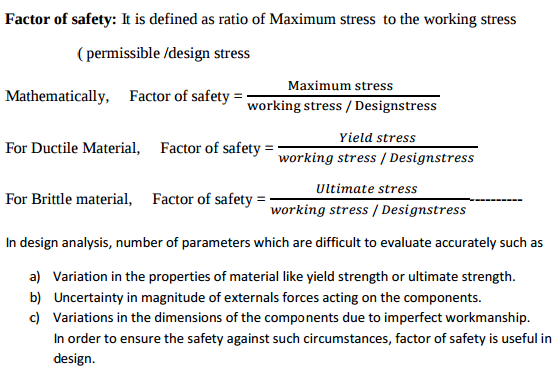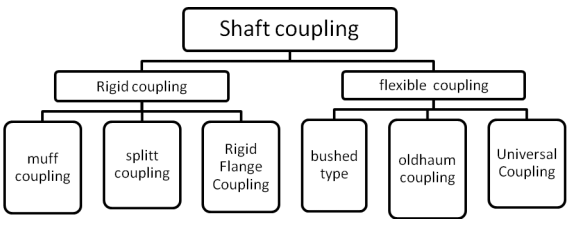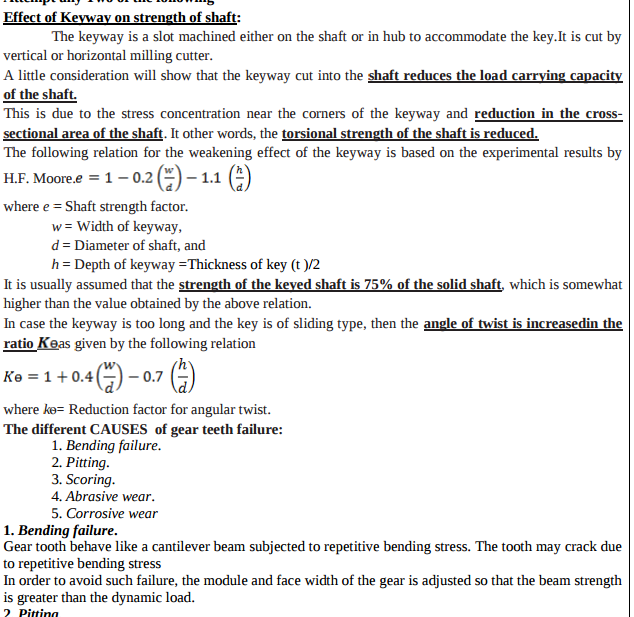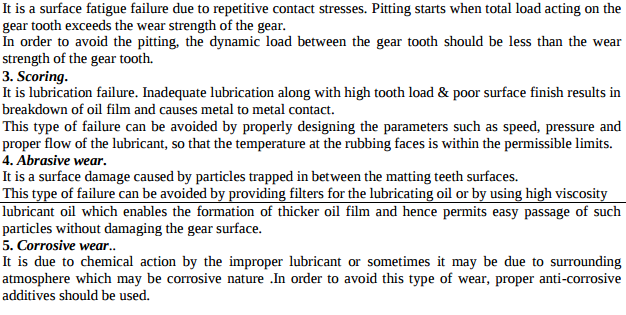2) Define : a) Ductility b) Toughness c) Creep
a) Ductility: the property of material which enables it to be drawn into thin wire under the action of tensile load is called as ductility. b) Toughness: The property which resists the fracture under the action of impact loading is called as toughness. Toughness is energy for failure by fracture. c) Creep: when a component is subjected to constant stress at a high temperature over a long period of time ,it will undergo a slow& permanent deformation called creep Or it is defined as “slow and progressive deformation of material with time under constant stress at elevated temperature.




